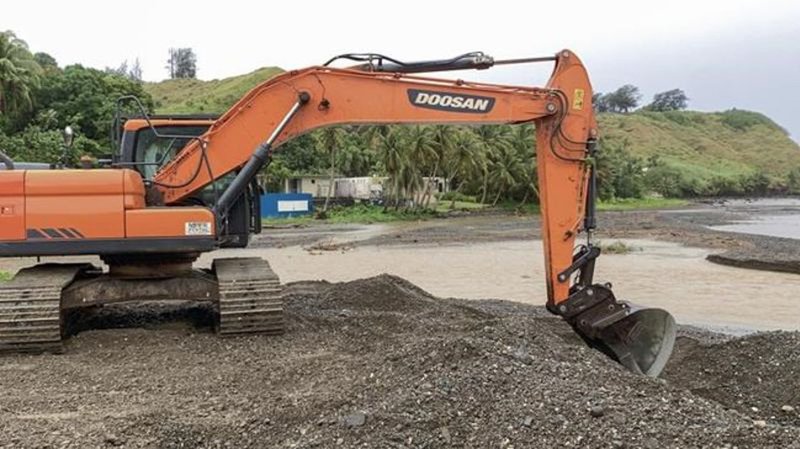
Super Typhoon Mawar passing over Guam as Category 4 storm with strong winds, rain
HONOLULU (AP) — Typhoon Mawar barreled into Guam as a powerful Category 4 storm Wednesday, pummeling the U.S. Pacific territory with high winds, heavy rains and a dangerous storm surge that swamped low-lying areas as residents hunkered down in homes and shelters.
The typhoon passed over the northern tip of Guam on Wednesday evening, the National Weather Service said.
The weather service earlier warned of a “triple threat” of winds, torrential rains and life-threatening storm surge, and officials were bracing for “considerable damage” including non-reinforced concrete walls being blown down, fuel storage tanks rupturing and overturned cars.
The weather service warned that it is extremely dangerous and life threatening situation and people should take cover and remain in shelter for the next few hours.


